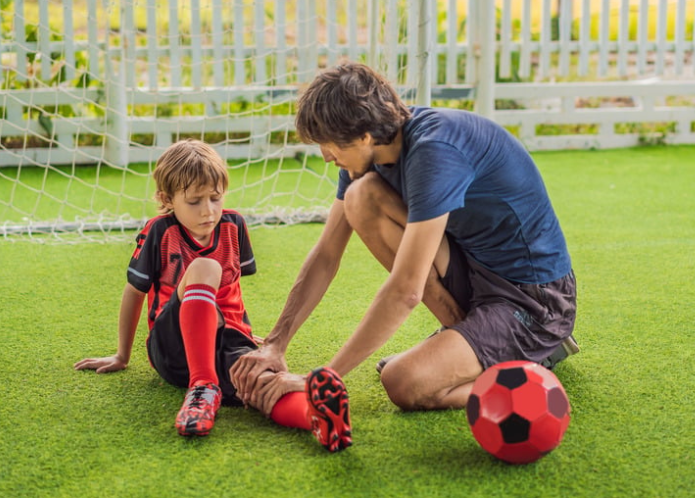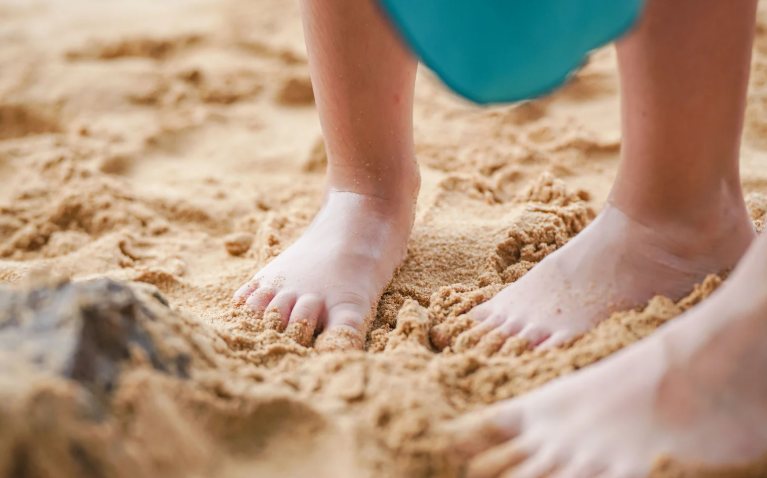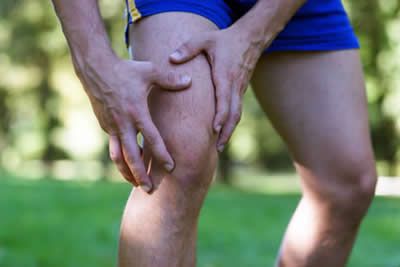
58) Patella Pain: Your Complete Physio Guide to Stronger Knees
If knee pain is slowing you down, you’re not alone — patella pain is one of the most common knee issues we see in the clinic. In this blog, we’ll unpack the causes, symptoms, and proven physiotherapy treatments, plus share a real success story from one of our patients.
What Is Patella Pain?
Patella pain, often called “runner’s knee” or patellofemoral pain syndrome (PFPS), is discomfort felt around or behind the kneecap. It can range from a dull ache to a sharp pain that makes stairs, squats, or even sitting for too long uncomfortable.
In most cases, the problem isn’t the patella itself, but how it’s moving and how the surrounding muscles, tendons, and joints are working together.

Common Causes of Patella Pain
Patella pain can pop up from many different situations — sometimes obvious, sometimes sneaky. The most common causes include:
- Overuse or training errors
- Rapid increases in running distance, jumping sports, or gym sessions.
- Repetitive stress without enough recovery.
- Poor patella tracking
- The kneecap isn’t gliding smoothly in its groove due to muscle imbalances or tightness.
- Weakness in key muscle groups
- Weak quadriceps, hip stabilisers, or glutes put more load through the patella.
- Foot mechanics
- Flat feet or collapsed arches can change leg alignment, stressing the knee.
- Previous injury
- An old ankle sprain or hip injury can subtly change the way you move, shifting forces onto the knee.
- Structural factors
- Some people naturally have kneecaps or leg shapes that predispose them to PFPS.

Typical Symptoms You Might Notice
If you’ve got patella pain, you might relate to one or more of these:
- Pain when walking up or down stairs.
- Knees aching after sitting for a while (“movie-goer’s knee”).
- Sharp pain during squats or lunges.
- Clicking or grinding under the kneecap.
- Knees feeling “weak” or unstable during activity.
If your pain is slightly below the knee cap, CLICK HERE to read our blog about Fat Pad Impingement.

Why Physiotherapy Is the Best First Step
Jumping straight to rest or painkillers might settle things temporarily, but it won’t fix the root cause. Physiotherapy works because we:
- Identify the cause — whether it’s a movement pattern, weakness, or training load issue.
- Reduce pain quickly — using hands-on techniques like massage, taping, and targeted mobility work.
- Rebuild strength and stability — so the knee can handle more load without pain.
- Fix contributing factors — like foot posture, hip strength, or running technique.
- Prevent flare-ups — by educating you on training, warm-ups, and ongoing maintenance.
What Physio Treatment Looks Like
A typical treatment plan for patella pain might include:
1. Hands-On Therapy
- Soft tissue release for tight quads, calves, or ITB.
- Patella mobilisations to improve tracking.
- Kinesiology taping to support the knee during activity.
2. Targeted Exercise Program
- Strength training for quads, hips, and glutes.
- Stretching and mobility for tight muscles pulling on the knee.
- Functional drills to restore normal movement patterns.
3. Load Management
- Adjusting your training volume and intensity.
- Swapping high-impact activities for low-impact ones temporarily.
4. Technique Coaching
- Running gait assessment.
- Squat and lunge form correction.
5. Foot and Shoe Advice
- Assessing footwear for adequate support.
- Custom orthotics if needed.

How Long Until You’re Pain-Free?
With the right treatment, many people notice improvements in 2–4 weeks, and most return to full activity within 6–8 weeks. Chronic cases can take longer, but steady progress is the rule when you follow your program.
A Real Patient Success Story
A few months ago, we saw Sarah, a 29-year-old recreational runner training for her first half marathon. She came in with a 3-month history of sharp pain in the front of her right knee, especially when running downhill or going down stairs. She’d already tried resting, icing, and new shoes — no luck.
Assessment findings:
- Weakness in her hip abductors and glutes.
- Tight quadriceps pulling on the patella.
- Overstriding in her running technique.
Treatment plan:
- Weekly physio sessions for 4 weeks with:
- Soft tissue release of quads and ITB.
- Patella taping for training days.
- Hip and glute strengthening program.
- Running technique coaching to shorten her stride and improve cadence.
- Gradual re-loading into hill runs.
Outcome:
By week 4, Sarah was running pain-free on flat ground. By week 7, she could complete her long runs, including hills, without discomfort. She finished her half marathon with no knee pain and kept her strength program going to prevent recurrence.
Self-Help Tips for Patella Pain
If you’re feeling that familiar ache, here are a few simple things you can try now:
- Reduce aggravating activities temporarily (don’t stop moving altogether).
- Strengthen your hips and quads — think bridges, side-lying leg lifts, and step-ups.
- Stretch your quads, calves, and hamstrings daily.
- Check your shoes — old or unsupportive runners can make things worse.
- Avoid sitting too long with bent knees — straighten them out regularly.

(Note: If pain is severe, swelling is present, or you’ve had a fall or trauma, get it checked before starting exercises.)
Why Ignoring Patella Pain Is a Bad Idea
Leaving patella pain untreated can lead to:
- Chronic pain that lingers for months or years.
- Reduced activity levels and loss of fitness.
- Changes in movement patterns that cause other injuries.
Early intervention is key — it’s much easier to fix a small problem now than a big one later.
Takeaway Message
Patella pain can be frustrating, but it’s absolutely treatable with the right physiotherapy approach. The key is finding the cause, not just treating the symptoms. With targeted hands-on care, a personalised exercise plan, and a few smart changes to your activity, you can get back to doing what you love — pain-free.
Give us a call today on 9806 3077, or book online, just CLICK HERE



